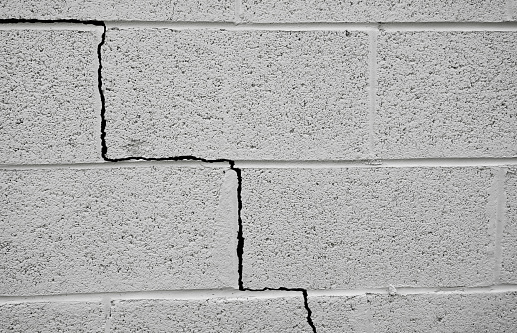
A Guide On Creating A Website
What is web design? Web design includes all the processes involved in developing websites. Responsive designing is a technique to make websites compatible with different monitors, browsers, and other devices. A good website should have an attractive homepage that gives the right first impression. It should also have proper navigations buttons.
Web design is an art and a science. Some consider web designing to be identical with graphic design, while others believe it to include coding of HTML and surrounding technologies. Web design includes wireframing, prototyping, and adding visual elements and navigation, such as text and images on the website. It also involves ensuring that another person’s work displays well on your computer screen by presenting its content in a way that will best reveal itself for you. This may involve altering margins, contrasting color schemes, or even placing calls to action elsewhere on the page than was originally intended.
As the number of smartphones, tablets, and other mobile devices grows exponentially every day, more people are using their mobile browsers to visit websites. Here we have a guide on starting your own website, in order to have a better chance of being noticed.
Organize your ideas into a rough plan for the basic structure of your site, including all the usual stuff like menu options and page titles. This will allow you to move much faster when creating each individual page in HTML and CSS. You never want to end up wasting time coding up hundreds of lines before finding out that they won’t even be seen by users! After creating a general outline, draw up some sample pages in order to get an idea about how each element functions relative to one another.
A good website should have an attractive homepage that gives the right first impression about it. It should also have proper navigations buttons. There are various apps that are used to create websites: Adobe Dreamweaver, Microsoft Expression Web, and Notepad++.
To create a website using any of these tools, first, download the software from their respective official websites. Follow the instructions given through the installation process so as to install all necessary files on your computer. Finally, start designing your website with help from an online tutorial or a book about web design if you don’t know how to use the software yet.
A webpage is like the stationary version of yourself. It stays there, looking pretty and attracting new audiences, even when you’re not around. Having a domain name is good for your professional image; it says that you are serious about what you do. You can use free sites like Blogger or WordPress to host your website, but this means that someone else owns your content instead of you. This kind of defeats the purpose of having a site, to begin with!
It’s easier to get noticed if you have a domain name linked to your social media platforms as well plus, having a professional email address makes it easier to gain credibility from clients and customers through online transactions, too, which would eventually help in generating more business/income opportunities.
The next step is to have a website with a basic layout. This would include creating pages for different categories, like an ‘about us page or putting together blog posts so that you can build an audience that keeps coming back for more. You can do this yourself, or you can use a web design company to create it for you. Just make sure your site is well-built and meets all the requirements of search engines like Google and Bing before going live!
Creating a website gives you great flexibility as an entrepreneur. With just one click, you can publish new content whenever you feel like it. This means that if people want to catch up with what your business is up to between face-to-face meetings, then they only have to visit your website. If something exciting has happened and you want them to know about it straight away, having a website allows you to communicate this quickly and easily!
There are tons of free tools out there which let you create things like infographics and animated videos without needing any specialized knowledge in the field. If you want to go the extra mile, though, it’s always best if you learn how to code your own websites from scratch!
Involve a technique that makes a webpage compatible with different types of monitors, devices, and resolutions. It means that the webpage can adjust to any device, which can ensure the best viewing from widescreen computers down to mobile phones.
Now, if you want to become serious about building your online presence, you should invest some money because you’ll want to find a Website host that offers customization and SEO. Finding the right host will ensure your site is ready for business and search engine optimization so you can be found easily by new customers for your services or products.
The homepage of a website is the window to its soul, so make sure it gives people an idea about what makes your website worth their while. You need to entice them with content that’s useful, interesting, and engaging at the same time! This may not seem like much work if you already have a substantial portfolio but even then, be sure to update it every once in a while to keep things fresh and original.
Keep in mind eventually, you’ll want to be international, and the next thing you’ll know, you’ll have a spanish article on siteground reviews before you know it. Google will often show facts that are searched for more often based upon location, so you might even gain some business if your audience is specifically searching for you.
Web design is the process of building web pages. The user interface of the webpage should be simple, attractive, and consistent with other pages on the website. Web designers should be capable of making websites compatible with different screens and browsers. A good website should have a proper navigation system, standards compliance, meaningful content, and quality content.

